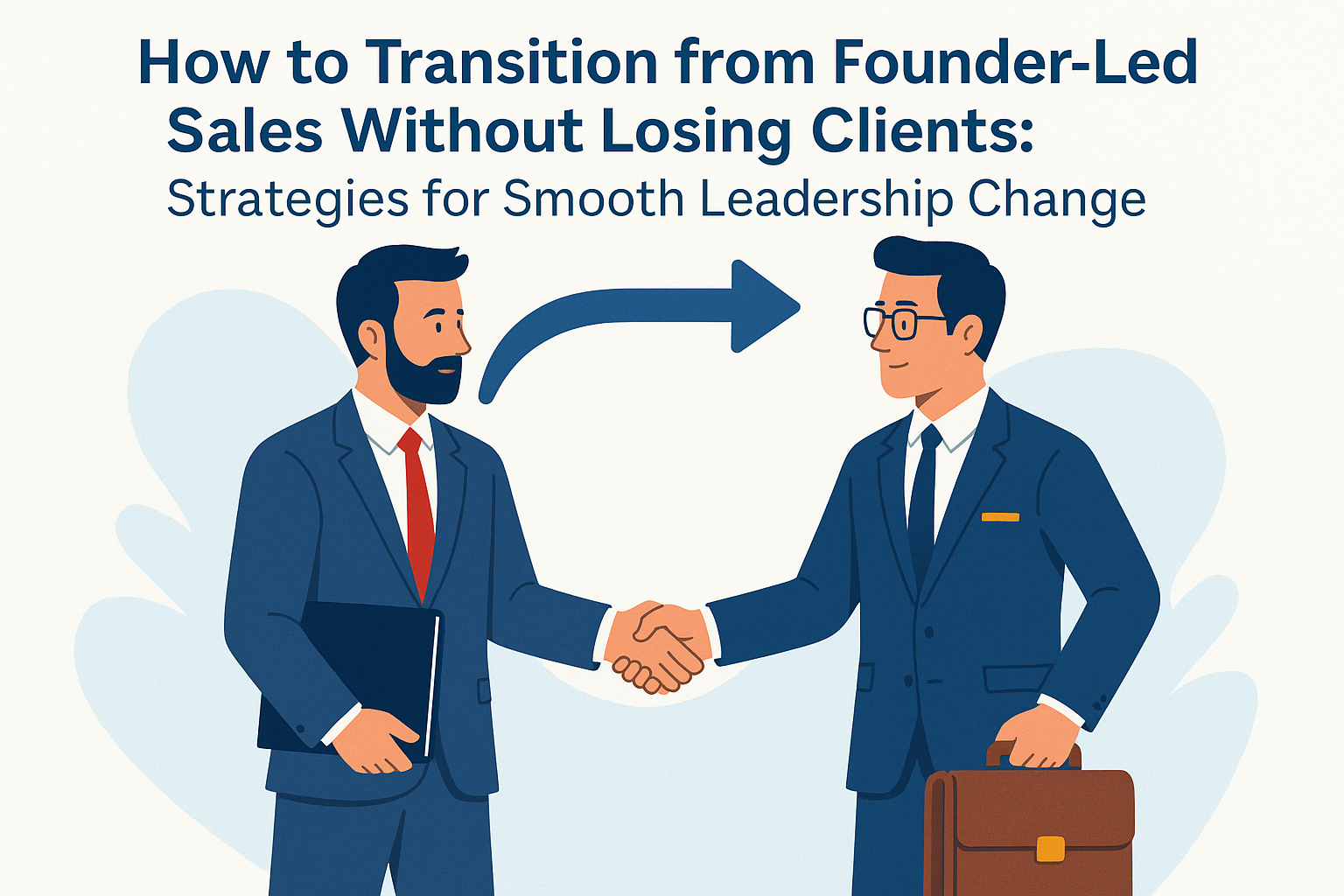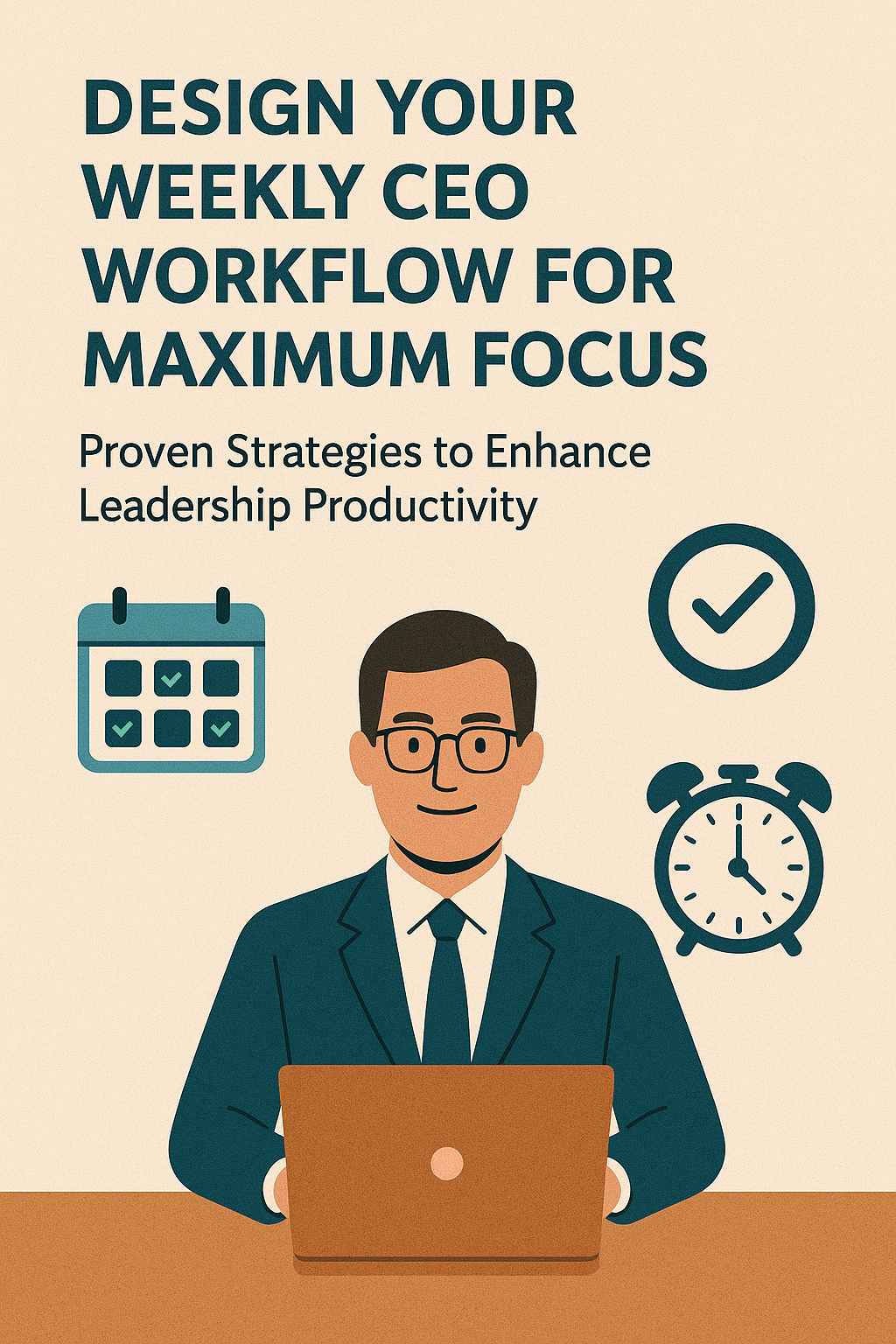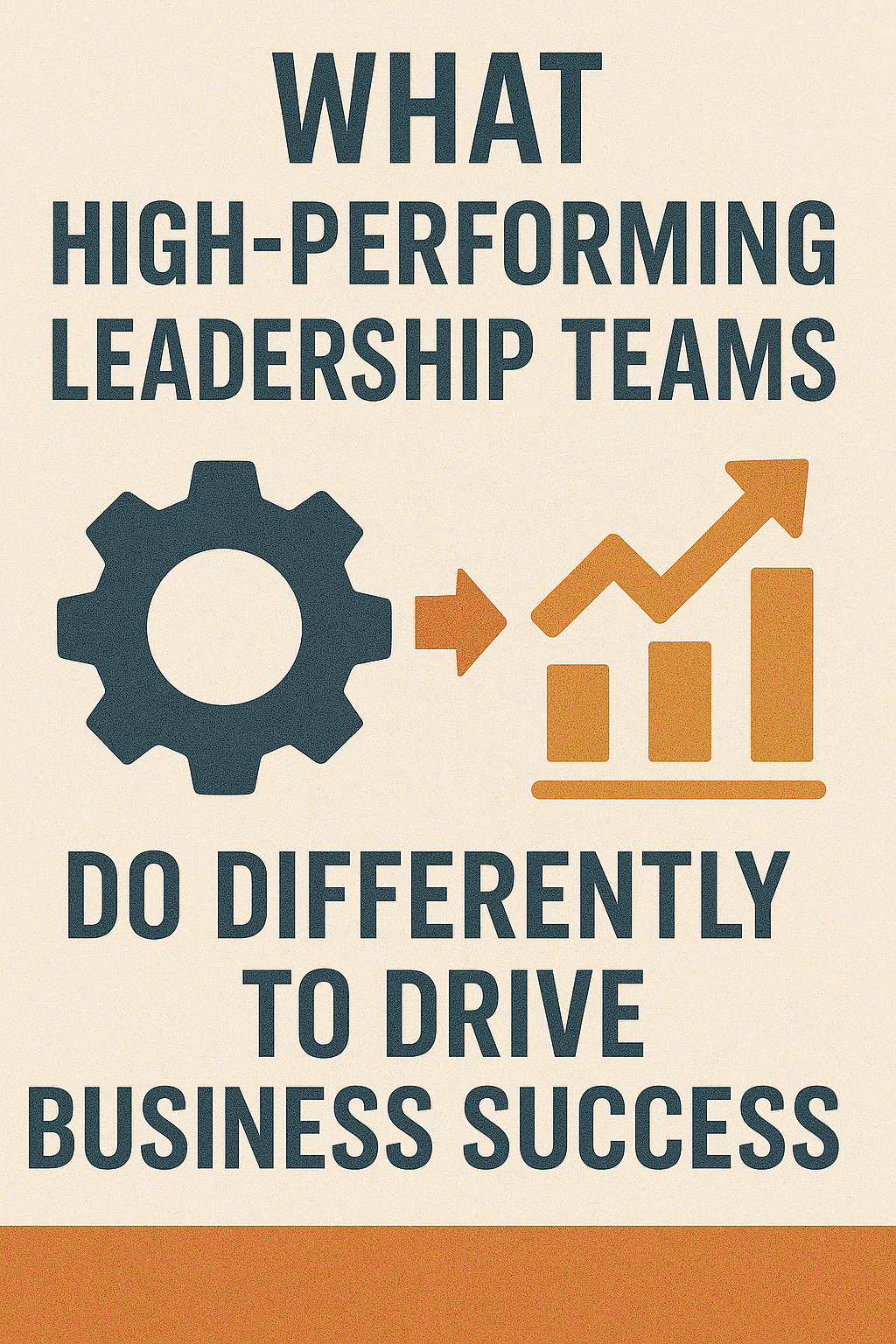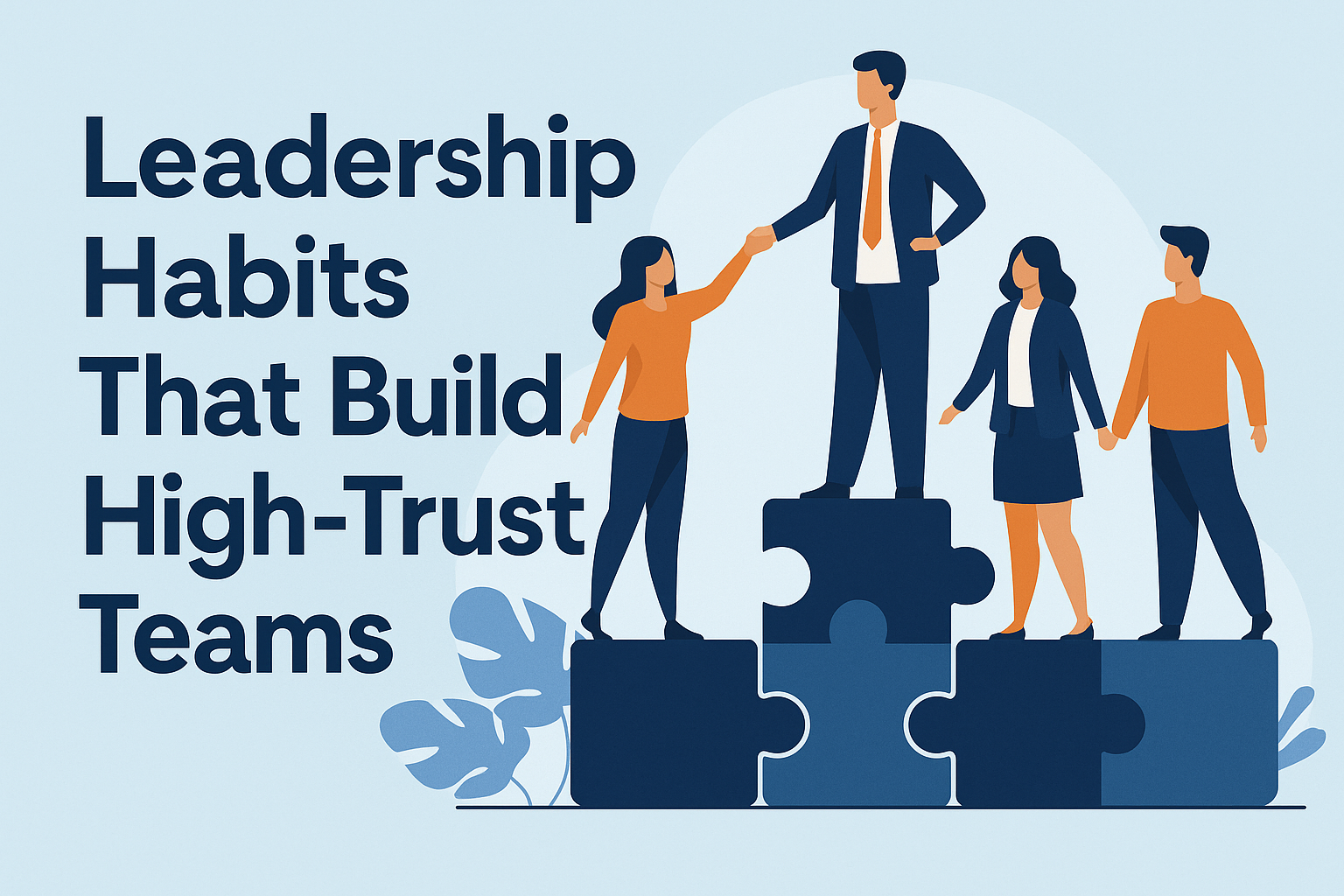Making the shift from founder-led sales to a dedicated sales team is a big step for any growing company. To keep clients during this process, it is important to carefully plan the handover and keep the sales experience consistent. Many founders worry that their close relationships with customers will fade or that deals will stall when someone else takes over, but with the right approach, this risk can be managed.

A smooth transition depends on teaching the new sales team about the product, the customers, and what has made the sales process successful so far. By making these changes step-by-step and keeping founders involved for guidance, companies can continue to grow without losing the trust they’ve built.
Key Takeaways
- Know when the company is ready to move past founder-led sales.
- Build and support a skilled sales team to keep clients engaged.
- Monitor progress to ensure clients stay loyal during the transition.
Understanding Founder-Led Sales

Founder-led sales is common in early-stage startups and often shapes the entire sales process. The founder’s close relationship with clients and deep product understanding make this approach unique, but it comes with both strengths and natural limits, as well as a clear tipping point where change becomes essential.
What Is Founder-Led Sales
Founder-led sales means the startup founder handles most or all sales directly. The founder takes on tasks like meeting new clients, explaining the product, and closing deals. This hands-on approach lets the founder learn client needs first-hand.
Early startups benefit because the founder knows the company’s vision and can quickly share it. Founders shape the sales process by adjusting their pitch and answers. Trust builds easily because buyers see the founder’s passion and promise.
In this stage, the sales process is often informal and based on quick decisions. Many successful startups use this phase to develop their main message and understand the market before scaling.
Benefits and Limitations
Benefits
- Direct customer feedback
- Rapid sales adjustments
- High trust with clients
- Strong product-market fit discovery
Limitations
- Founder’s time is limited
- Sales process may be inconsistent
- Hard to train new reps without set steps
- Sales growth can stall if the founder is overwhelmed
Founder-led sales works well during the early days, especially when every client is critical. However, as the company grows, these limits become clear. It’s common for founders to become bottlenecks, and the lack of structured process can cause missed deals.
Why Transition Becomes Necessary
Transition becomes necessary when the founder’s time is better spent on strategy or building the team. As more clients enter the sales pipeline, the founder can’t manage each deal personally.
Key signs include slowing sales growth, customer questions outpacing the founder’s schedule, or deals falling through. Building a sales team allows the company to handle more leads and clients without losing quality.
Standardizing the sales process also makes it easier to onboard new salespeople and keep service consistent. The switch from founder-led sales to a dedicated team helps the startup scale and prepares it for long-term growth.
Evaluating Readiness for Transition

Transitioning from founder-led sales requires more than just hiring new salespeople. Teams must be sure that the business has stable foundations, clear processes, and reliable data before moving forward.
Assessing Product-Market Fit
Product-market fit means that customers want the product and are willing to pay for it. Signs include strong demand, repeat purchases, and positive word-of-mouth. If sales only happen because of the founder’s influence, real product-market fit may not be reached yet.
He or she should use clear signals to decide readiness. For example, consider if customers are buying with little need for heavy discounts or founder involvement. Customer feedback should be mostly positive, and there should be some level of organic growth.
If the business is still struggling to get consistent sales or if customers are confused, it may be too soon to hand off sales to a new team.
Identifying Repeatable Sales Processes
A repeatable sales process is a step-by-step method that anyone on the team can follow to close deals. This usually includes things like lead generation, qualifying prospects, conducting demos, and following up.
Documenting each step ensures new salespeople do not rely on founder intuition or personal networks. These processes need to show that someone else can successfully guide customers from first contact all the way to closing.
Here’s a simple checklist for a repeatable process:
- Clearly defined sales stages (e.g., prospecting, demo, proposal, close)
- Standard scripts or talk tracks
- Tools for tracking each lead through the sales funnel
- Defined follow-up actions for each stage
If these pieces are not in place, handoffs can cause confusion, lost deals, or inconsistent customer experiences.
Analyzing Sales Metrics and KPIs
Measuring sales performance helps spot problems early and keeps the transition on track. Key sales metrics include:
- Conversion rates at each stage of the pipeline
- Sales cycle length from first contact to closing
- Average deal size
- Number of new and returning clients
A table like this can help visualize progress:
| Metric | Current Value | Ideal Target |
|---|---|---|
| Conversion Rate | 18% | 20%+ |
| Sales Cycle Length | 60 days | <45 days |
| Average Deal Size | $7,500 | $8,000+ |
Tracking these KPIs over time can reveal if the business can handle growth without the founder in every deal. This helps reduce risk of lost clients during the transition.
Building the Right Sales Infrastructure
A strong sales infrastructure helps companies keep important information organized and processes clear. This allows team members to follow best practices and focus on client needs as the company grows.
Choosing the Right CRM
A customer relationship management (CRM) system gives the team one place to store lead details, track communication, and manage deals. Picking the right CRM is key because it impacts daily workflows and reporting. Solutions like HubSpot offer tools for tracking emails, calls, and notes, so everyone stays on the same page.
Key factors to consider when evaluating CRM platforms:
| Feature | Description |
|---|---|
| Ease of Use | Simple, clean interface; easy to learn |
| Integrations | Connects with email, calendars, tools |
| Customization | Adapts to unique sales processes |
| Reporting | Generates clear activity and pipeline data |
Taking the time to choose and set up the right platform lets new sales hires work efficiently from day one.
Establishing Sales Playbooks
A sales playbook is a guide that outlines each step of the sales journey, from initial contact to closing deals. It includes call scripts, objection handling tips, and email templates. Documenting this information ensures everyone follows the same process.
Sales playbooks should include:
- Clear qualification criteria
- Messaging for different customer types
- Templates for common outreach
- Standard responses for FAQs
With a playbook, new team members ramp up faster and existing reps maintain consistency with clients. The playbook should be updated often as the company learns what approaches work best.
Defining a Scalable Sales Motion
Scalable sales means building a process that works well even as the business grows and more team members join. The sales motion is the step-by-step path reps follow with every lead, using guidelines set out in the sales infrastructure.
This includes how leads are assigned, what tools are used for tracking progress, and how hand-offs between roles happen. Management should set clear targets, such as response times and follow-up rules, to keep the team accountable.
A strong and repeatable sales motion helps ensure no client is overlooked and each step is measured for improvement. This sets the foundation for scaling up without losing service quality.
Preparing and Enabling the New Sales Team
Successful transitions depend on skilled hiring, effective training, and fair compensation. Founders can help new sales reps by giving them clear processes and the right support.
Hiring Sales Talent
Choosing the right people is critical. The sales leader must look for candidates with a proven track record, strong communication skills, and the ability to learn quickly.
It helps to hire sales talent that understands the company’s market and customers. For many startups, starting with a full-cycle account executive who is comfortable in fast-moving environments can make a difference.
A structured interview process should focus on real examples of past performance and the candidate’s fit with company values. Collaboration between the founder, sales leader, and other team members ensures a strong cultural match.
Sales Training and Enablement
Sales reps need training on the product, sales process, and customer needs. Founders should share their own sales knowledge, including what messaging works and common objections.
Useful enablement tools can include product guides, sales playbooks, and call scripts. Regular roleplaying and feedback sessions help reps improve quickly.
Effective onboarding covers not just technical details, but also how to handle the sales funnel and close deals. Ongoing coaching from the sales leader gives new hires confidence. Clear documentation keeps everyone aligned and reduces confusion.
Compensation and Incentives
A well-structured compensation plan helps keep sales reps motivated. The plan should include a base salary and clear commission rates based on sales targets.
Incentives should reward both new deals and the retention of existing clients. This mix drives reps to focus on building long-term relationships, not just quick wins.
Transparency matters. Sales leaders should communicate how bonuses and incentives work so everyone knows what they are working towards. Performance can be tracked with simple dashboards or regular reports to keep goals front and center.
Transferring Product Knowledge and Relationships
Clear product knowledge and strong client relationships are essential when moving sales from a founder to a sales team. Getting these elements right keeps client satisfaction high and avoids confusion about the product’s value and fit.
Documenting Value Proposition and Buyer Personas
The founder must write down the company’s value proposition in simple, clear terms. This includes how the product helps solve specific customer problems.
Documenting the ideal customer profile (ICP) and detailed buyer personas helps new salespeople spot the right targets. These notes should cover each persona’s top needs, goals, pain points, and common objections.
Including real examples of past deals, especially large or complex ones, gives the new sales team useful context. Using simple charts or tables can make traits and outcomes for different personas easier to understand.
Structuring Knowledge Transfer
A structured process for handing off product and customer knowledge helps avoid information gaps. The founder should hold regular training sessions or workshops, focusing on key features, use cases, and competitive positioning.
Written guides and quick reference sheets support ongoing learning. Sharing playbooks, call recordings, and actual email templates lets new reps see what works.
Pairing new sales staff with the founder for joint calls or shadowing early meetings helps reinforce learning. Tracking what content and questions come up most often can show where more training is needed.
Maintaining Customer Trust During Handover
Customers often have close relationships with the founder. The transition should be explained clearly to clients, outlining who their new point of contact is and how support will continue.
Introductions can be managed by joint meetings or emails from the founder, which builds trust. Clients should see that new team members know their company’s history, preferences, and needs. Keeping detailed notes in the CRM lets new reps show an understanding of past interactions.
Respond quickly to client questions and keep communication open. This shows the same dedication clients got from the founder and helps retain confidence during the change.
Redefining the Sales Strategy
Redefining the sales strategy is about building a system that supports growth without risking client relationships. Success depends on making processes more consistent and designing a sales motion that works for both new and existing customers.
Adapting Sales Processes for Scale
When a company moves from founder-led sales to a scalable sales team, having a repeatable sales process is key. The founder’s intuition must be documented as clear steps. This includes standardized pitch decks, email templates, call scripts, and a defined handoff between teams.
Provide training for new salespeople so they learn these processes and understand the product’s value. Use sales playbooks to ensure everyone knows which strategies work best at each stage.
Measuring performance is important. Set clear sales targets and monitor metrics like conversion rates and follow-up times. This helps spot issues early and make changes before clients are affected.
Regular feedback from clients and sales reps helps keep the process up to date.
Optimizing Lead Generation and Sales Calls
Effective lead generation means using more than referrals or personal networks. Build a demand generation engine that includes inbound marketing, outbound outreach, and partnerships. Use a CRM system to track every client interaction and manage leads as they move through the pipeline.
Qualify leads with a consistent set of questions before booking sales calls. This avoids wasting time and keeps calls focused on real opportunities.
Train sales reps on how to conduct discovery calls, manage objections, and demo the product. Sharing recordings or summaries of successful founder-led calls helps new team members learn the right tone and approach.
Monitor outcomes and use key data, like call-to-close ratios, to refine the lead process. Analyzing trends helps predict what will convert and improves both the targeting of leads and the success rate of sales calls.
Measuring Success After Transition
Success after moving away from founder-led sales depends on real numbers and customer impact. Key areas include tracking financial results, understanding customer loyalty, and acting on feedback to improve sales processes.
Tracking Revenue Growth
Revenue growth is a clear sign of how well the new sales team is performing. Teams should look at key metrics, such as:
- Monthly Recurring Revenue (MRR)
- Quarter-over-quarter growth
- New deals closed per month
Monitoring conversion rates at each step of the sales process is crucial. Teams can use a simple table to track weekly or monthly progress:
| Metric | Current Month | Previous Month | Change (%) |
|---|---|---|---|
| New Deals Closed | 15 | 12 | +25% |
| MRR | $30,000 | $28,000 | +7% |
| Conversion Rate | 22% | 20% | +2% |
Consistent growth or improvement signals the team is carrying momentum from founder-led sales and making the switch successfully.
Analyzing Customer Retention
Customer retention tells companies whether clients are happy with the sales handoff and ongoing support. Key metrics to track include:
- Customer churn rate
- Renewals and upsells
- Length of customer relationships
A spike in churn or drop in renewals may show issues with client onboarding or follow-up. Teams should review canceled accounts to spot trends, such as poor handovers or missed expectations, then fix them quickly.
Talking directly to clients through follow-up calls or short surveys helps identify areas that need attention.
Continuous Improvements and Feedback Loops
Growth is not only about hitting sales targets but also improving processes. Teams should set up regular check-ins to review sales performance and gather feedback from both customers and staff.
Important activities include:
- Team debriefs after big wins or losses
- Customer feedback sessions
- Monitoring support tickets for trends
Using tools like digital feedback forms, customer interviews, and sales dashboards helps spot patterns before they cause bigger issues. Teams should create action items after feedback sessions and assign owners to be sure changes are made.
Minimizing Client Churn and Ensuring Customer Success
Keeping clients after the founder steps back is a challenge that demands clear strategies. Solid communication and strong teamwork between customer success teams and sales are necessary to maintain trust and reduce churn.
Customer Communication Strategies
Open and frequent communication helps reduce confusion during a transition. Setting clear expectations for the handoff process and promptly responding to clients’ questions supports confidence. Personalized updates—through email, phone, or video—keep clients informed and show that the company values their business.
Using tools like call recording lets teams review past conversations for context, preventing missed details. A simple CRM system ensures that all client data, preferences, and concerns are documented. This makes follow-ups more effective and helps new team members understand client history.
Surveys and feedback forms can give early warnings when a client’s satisfaction drops. Automated reminders about product updates or meetings also keep clients engaged and feeling included.
Collaborating With Customer Success Teams
A strong customer success team works closely with sales to provide smooth onboarding and address concerns fast. Assigning dedicated customer success managers (CSMs) to key accounts can give clients reliable contacts after the founder steps back.
Regular check-ins from the CSM build trust and allow clients to share issues early. Internal meetings between CSMs and sales team members encourage sharing insights about each client’s needs. This teamwork helps spot risks and opportunities before issues grow.
Focusing on company culture is important. Teams that value open feedback and support each other are more likely to solve client problems fast. Training sessions and shared notes make sure everyone knows best practices for retention and relationship management.
Scaling Beyond Founder-Led Sales
A business shifts its sales approach as it grows, moving from personal founder relationships to scalable sales methods. This change involves refining sales models and supporting both enterprise and self-serve customer segments differently.
Iterating on the Sales Model
When moving away from founder-led sales, companies must build a repeatable sales process. This process should outline clear steps for lead qualification, engagement, and closing deals. It helps a scalable sales team stay organized and efficient.
Documentation is key. Companies document successful founder tactics so the new sales team can follow proven methods. They use sales playbooks, call scripts, and checklists to train new hires quickly.
Using technology such as CRM systems makes tracking every stage of the sales funnel easier. Data helps spot bottlenecks and measure success. Collecting feedback from the team allows leaders to adjust the model and fine-tune the process.
Regular updates and training help sales teams stay aligned as the business grows. Investing in good onboarding makes scaling less risky and supports long-term success.
Supporting Growth Into Enterprise and Self-Serve Segments
To grow across different segments, a company should create tailored approaches. For enterprise sales, longer sales cycles, complex decision-makers, and custom solutions are common. The sales team may include account managers and technical specialists.
Self-serve sales rely on simple onboarding. The process is often automated with user-friendly websites, clear pricing, and support tools.
Compare approaches in the table below:
| Segment | Key Focus | Typical Tools | Team Structure |
|---|---|---|---|
| Enterprise | Custom solutions | CRM, email | Dedicated reps |
| Self-Serve | Automation, speed | Website, chat | Minimal human sales |















